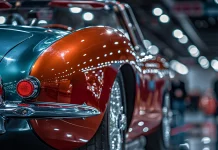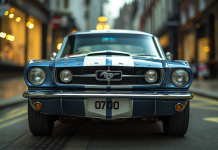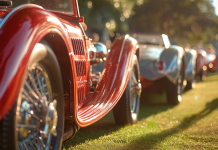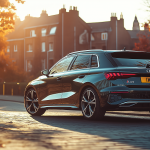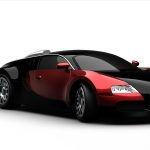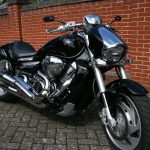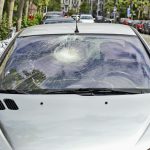How to choose the right motorcycle helmet
Friday, 30 September 2011 4:44 PM

Having the right motorbike helmet is vital
If you're looking to invest in a new motorcycle, you need to make sure you choose the best helmet for you.
Should the worst happen and you do find yourself involved in an accident, it will be your helmet alone that will serve as protection against any serious head injuries – which could lead to potential brain damage, or worse, death.
Motorbike helmets are the most essential bit of kit you need to invest in when you're about to get on the back of a bike, so it is vital you make sure you have the correct one to wear.
You need to consider your budget before you do buy such a product, but it would probably be wise to spend as much as you can afford – especially when it comes to quality items like Dainese helmets – since it could well save your life in the future.
So, when looking at Dainese size charts or similar, take into account the price of the helmet as well as its dimensions.
There is a helmet testing scheme – known as SHARP – run by the government in the UK that uses a five-star safety rating system, so you can easily find out just how good the helmet you are looking at actually is, and whether you should in fact purchase it.
In terms of size, you should make sure that the helmet fits comfortably and snugly. Once you have it on, shake your head a little – if the helmet wobbles around then it's too big. The headwear must stay firmly fitted around your head, although it shouldn't be so tight that it makes you feel uncomfortable.
Other choices you have to make regarding your motorcycle helmet include whether you want a full-face or open product.
Some bikers prefer open-face helmets, but you should know before you buy one of these that they offer less protection than a full-face crash helmet.
If you're investing in a scooter rather than a powerful motorbike, an open helmet would probably suffice, but for anything faster and stronger, a full-face helmet is advisable.
You should also make sure you pay close attention to the smaller details of your helmet. Think about whether the visor will be easy to move up and down if you're wearing leather riding gloves and, while you're wearing the headgear, try undoing the chinstrap.
Some products come with quick-release clasps, while others are fitted with loop buckles.
If you plan to do a lot of riding, you also might want to invest in a helmet that has a detachable lining, so you can clean your headwear much more easily. The inside of a helmet can become quite dirty if not cleaned properly and regularly, and a removable lining will certainly help in this regard.
You might also want to stock up on a few extras for your helmet so that you are prepared if something breaks.
The visor is one of the most important parts of the helmet and can get scratched quite easily, so you might want to buy a replacement just in case. A tinted visor could also be a good idea, so you are prepared for riding your bike when the sun is shining.
Finally, you need to remember to take good care of your helmet. If you bang it against a hard object or drop it, it might sustain damage that you can't see, so take it to professional to be examined. If it is damaged at all, it might not be as effective in protecting you if you do have an accident.


